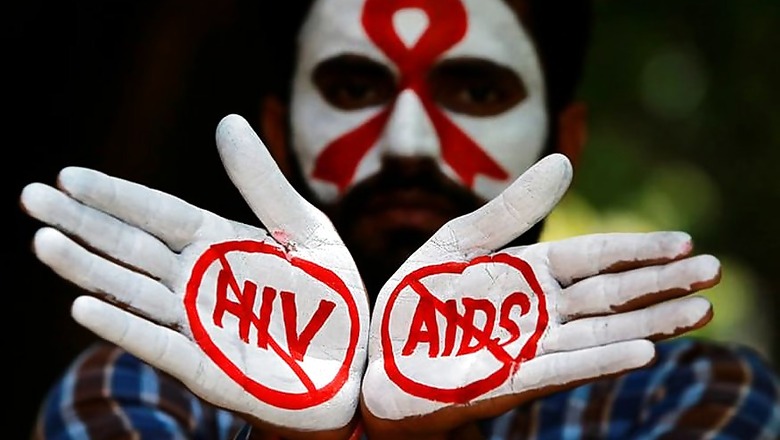
views
London: A European study of nearly 1,000 gay male couples who had sex without condoms – where one partner had HIV and was taking antiretroviral drugs to suppress it - has found the treatment can prevent sexual transmission of the virus.
After eight years of follow-up of the so-called serodifferent couples, the study found no cases at all of HIV transmission within couples.
The study proves, the researchers said, that using antiretroviral therapy to suppress the AIDS virus to undetectable levels also means it cannot be passed on via sex, the researchers said.
"Our findings provide conclusive evidence for gay men that the risk of HIV transmission with suppressive ART is zero," said Alison Rodger, a professor at University College London who co-led the research.
She said this "powerful message" could help end the HIV pandemic by preventing the virus' transmission in high-risk populations. In this study alone, for example, the researchers estimate that the suppressive antiretrovial treatment prevented around 472 HIV transmissions during the eight years.
The study, published in the Lancet medical journal on Thursday, assessed the risk of HIV transmission between serodifferent gay male couples - where one partner is HIV-positive and one is HIV-negative - who do not use condoms.
Its findings add to an earlier phase of the study which looked at HIV transmission risk for serodifferent heterosexual couples in the same circumstances. It also found zero risk.
While 15 of the men among the 972 gay couples in this phase did become infected with HIV during the eight years of follow-up, genetic testing showed their infections were with strains of HIV acquired from another sexual partner.
Since the start of the AIDS epidemic in the 1980s, more than 77 million people have become infected with HIV. Almost half of them - 35.4 million - have died of AIDS.
Global health experts say the fight against HIV is at a precarious point, with the annual number of AIDS deaths falling and the number of people getting antiretroviral treatment rising, but the number of new infections stubbornly high at around 1.8 million new cases a year worldwide.



















Comments
0 comment